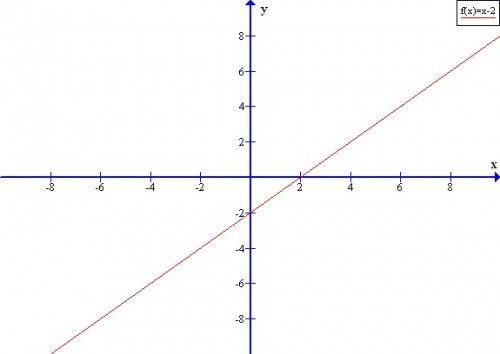 The anesthesiology It is a branch of medicine that is responsible for the care and management of the patient who receives surgical treatment, before, during and after surgery. The anesthesiologist is in charge of providing anesthesia and monitoring the patient during its action period.
The anesthesiology It is a branch of medicine that is responsible for the care and management of the patient who receives surgical treatment, before, during and after surgery. The anesthesiologist is in charge of providing anesthesia and monitoring the patient during its action period.
Anesthesiology also covers aspects related to methods that reduce sensitivity to pain, as well as invasive pain therapy techniques.
Anesthesiology allowed medicine to take a big step forward
Anesthesiology is the pillar on which surgery evolved. Before the development of anesthetic drugs, surgical procedures were bloody and carried out with the patient awake, which was extremely painful. Surgeons had to perform procedures such as removing bullets, removing tumors, or performing amputations within minutes.
The first surgeries could be carried out by tying up or getting patients drunk. In 1846 an American dentist described how pain was reduced in patients using ether before the procedures, which in a period of 10 years was replaced by chloroform, which was followed by new molecules that were increasingly effective and safe for patients, which could In addition, they should be given at precise doses, so that the time that patients slept could be controlled.
From general to localized anesthesia
The first anesthetics were gases and volatile substances that entered the body through the respiratory tract, producing systemic effects that included the temporary loss of consciousness.
Later, anesthetics become, in addition to gases, molecules in liquid form that can also be administered intravenously but also in a localized way to obtain forms of regional anesthesia, in which the loss of sensitivity to pain can be achieved in the conscious individual. This type of anesthesia is performed for limb procedures such as hand surgery or deliveries and cesarean sections.
 Another form of anesthesia is sedation, in which the state of consciousness is reduced but the patient retains his abilities to respond to physical stimuli and follow verbal instructions, so that the patient is calm without the need to sleep. Sedation is used when procedures such as endoscopies, colonoscopies or tomography and magnetic resonance studies are required.
Another form of anesthesia is sedation, in which the state of consciousness is reduced but the patient retains his abilities to respond to physical stimuli and follow verbal instructions, so that the patient is calm without the need to sleep. Sedation is used when procedures such as endoscopies, colonoscopies or tomography and magnetic resonance studies are required.
It is also used to keep patients in intensive care who have mechanical ventilation calm, as well as to carry out minor procedures in patients who do not cooperate or in those who have disorders such as mental illness.
Photos: iStock - Wavebreak / YakobchukOlena









